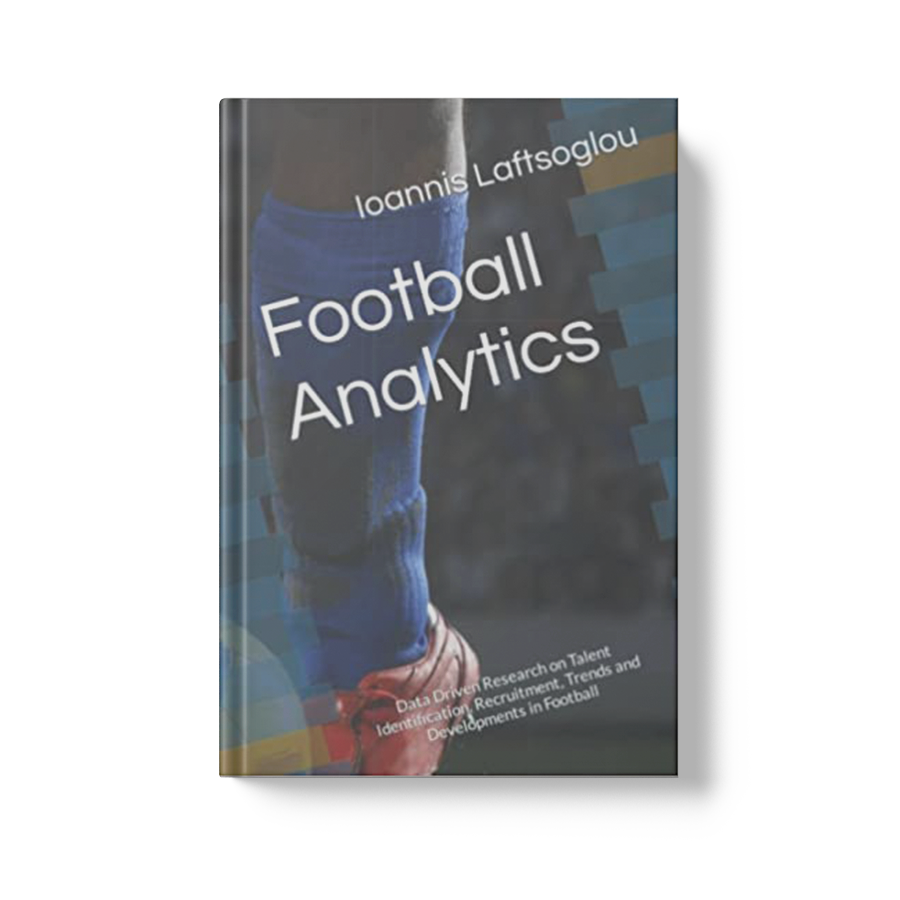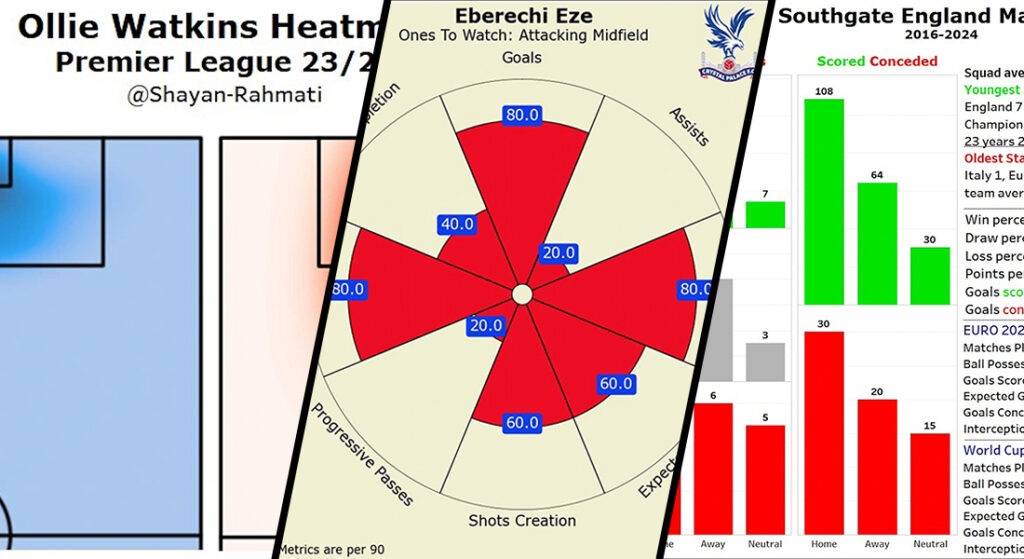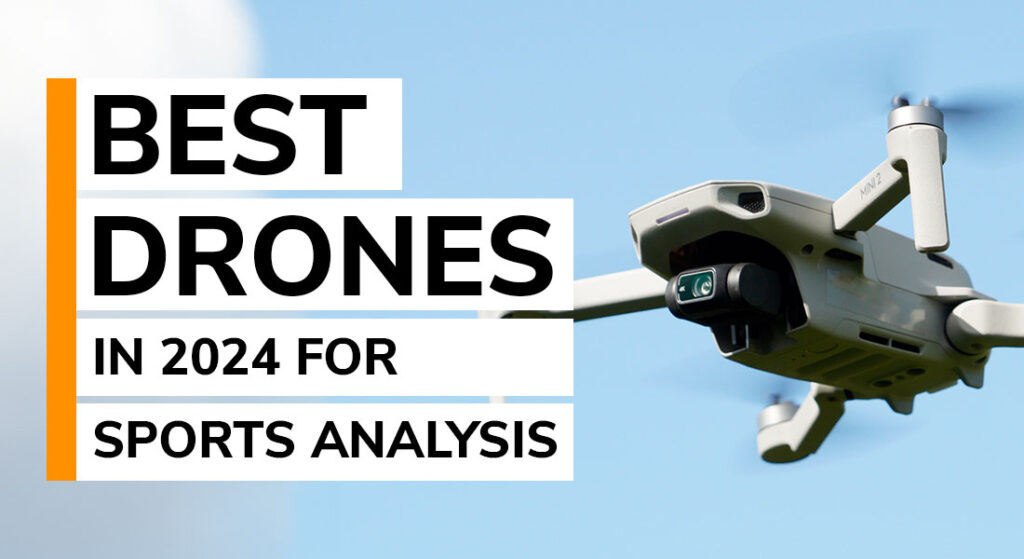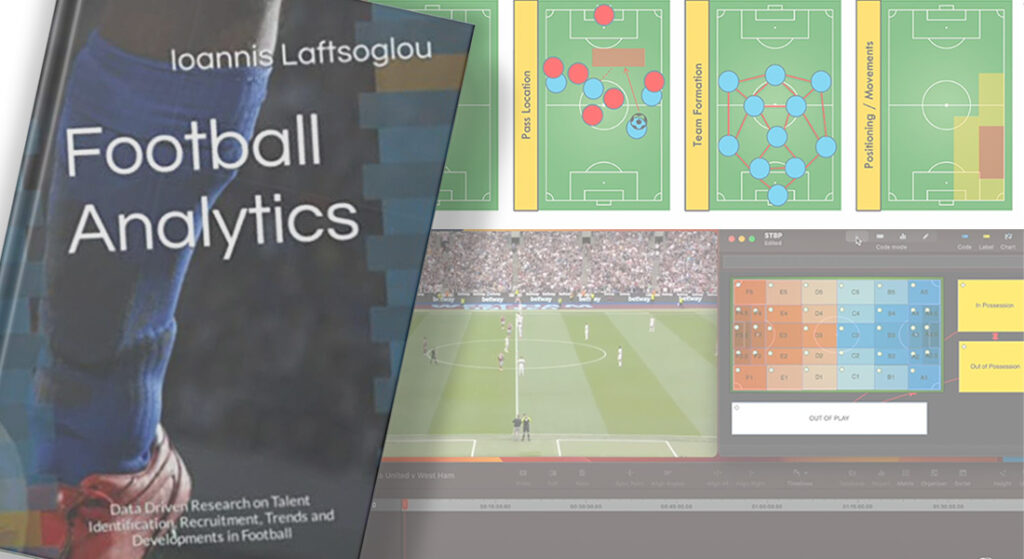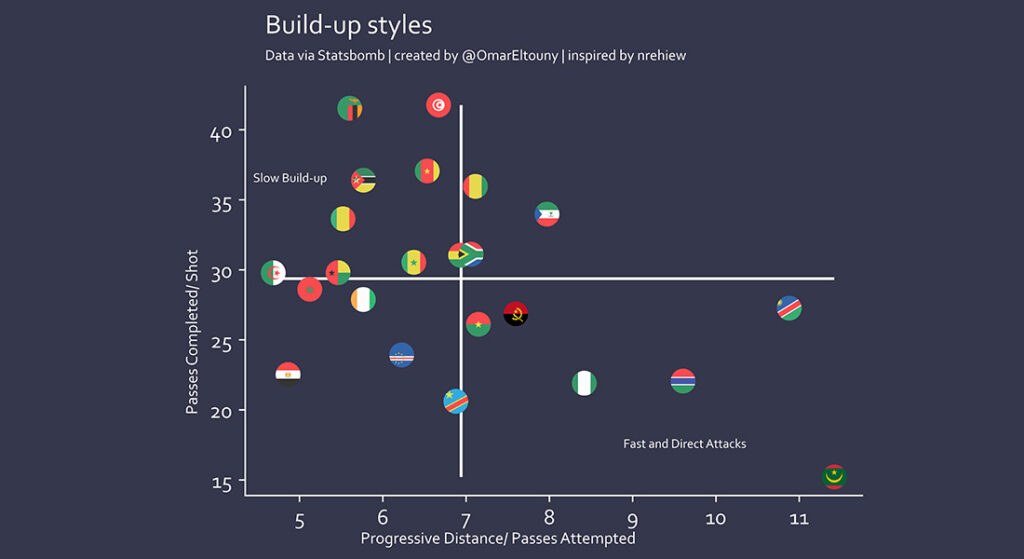Ioannis (aka Yiannis) Laftsoglou the author of “Football Analytics: Data Driven Research on Talent Identification, Recruitment, Trends and Developments in Football,” announced a new chapter to his book that introduces the Space-Time Ball Possession (STBP) metric. This new chapter challenges the true insights of Ball Possession in football by providing and more developed model called the Space-Time Ball Possession (STBP) Metric.
In this article, we outline some key points from his research and how analysts can look to use this model to improve their insight into match control and goal-scoring opportunities.
Why Ball Possession Needs Developing
Traditional metrics, such as ball possession (BP), have long been used to gauge team dominance and predict match outcomes. However, Yiannis has reviewed the literature around this metric which is so often used in the media and by match analysis. The literature has shown there to be high variability when using ball possession alone to predict both xG and match outcomes.
Driven by a desire to enhance football analysis, Yiannis embarked on a journey to create the STBP Metric. Drawing inspiration from the latest research on the importance of time and space in football, he devised a simple method teams can use that combines zone areas and risk assessment to evaluate match control. This innovative approach is simple to use and can be set up by anyone who gets the book.
Why You Need To Use The Model
Utilising the STBP Metric is straightforward yet powerful. To measure the metric, Yiannis combines zone areas adapted from Pep Guardiola’s possession play model as well as applying a risk and phase value to each input. By integrating spatial zones and risk assessment, analysts gain a holistic view of team control and goal-scoring opportunities throughout the match. Whether evaluating match strategies, player performance, or tactical adjustments, the STBP Metric provides actionable insights to drive decision-making.
Preliminary findings suggest that the STBP Metric holds immense promise in enhancing predictive accuracy and assessing team dominance. Its ability to capture both space and time dynamics offers a more nuanced understanding of possession play, leading to more informed analyses and strategic recommendations.
Get the Model & Book
“Football Analytics: Data Driven Research on Talent Identification, Recruitment, Trends and Developments in Football” is more than just a book; it’s a comprehensive guide for football analysts, scouts, students, and enthusiasts alike. Authored by an industry expert, it offers a wealth of data-driven research and actionable insights to elevate your understanding of the game. With the addition of the STBP Metric chapter, this updated edition is essential reading for anyone seeking to stay ahead of the curve in football analytics.
For anyone interested in this metric or about the book. We highly recommend checking it out on our site below and to follow Yiannis through his socials below. And for those who have previously purchased the book, you can reach out to him via the social below.
Football Analytics: Data Driven Research on Talent Identification, Recruitment, Trends and Developments in Football
Written by Ioannis Laftsoglou
Analytics and stats are areas that have been grown rapidly in football alongside other sports in recent years and they are expected to grow even more in the future. From performance analysis departments that have been emerged in professional clubs, to casual blogs, pre and post analysis on media and educational courses. Everything seems to be surrounded by numbers in sports nowadays. Can numbers predict which team is going to win the game, the league or the cup? Can numbers predict who is going to perform well and who is not?


